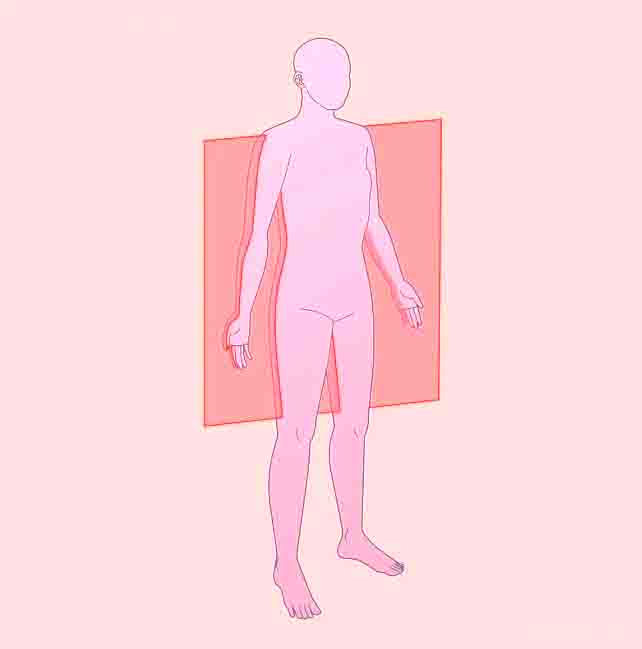Coronal Plane Definition
An organ’s dorsal and ventral halves are divided into an imaginary plane called the coronal plane, also called the frontal plane. A dorsal area is that which faces the spine, whereas a ventral area is that which faces away from the spine, typically toward the ground. A coronal plane runs from the mouth to the anus along the longitudinal axis.
Proximal describes the direction toward the coronal plane, while distal describes the direction away from the coronal plane. In contrast to the coronal plane, which runs along the longitudinal axis, the sagittal plane separates the left and right halves of the animal.
In the transverse plane, the coronal plane is perpendicular to the transverse plane. On the trout below, you can see these terms.
In human anatomy, the coronal plane and other anatomical terms describe the same regions as they describe in animals. In contrast to most animals, humans exist in a vertical orientation.
The various planes and anatomical terms are therefore represented vertically. As shown in the following diagram, the coronal plane still describes a plane that separates humans dorsoventrally, regardless of how it looks anatomically.
Related Biology Terms
- Sagittal Plane – The division of an organism’s left and right sides along the longitudinal axis.
- Transverse Plane – Separates anterior and posterior parts of an organism by running perpendicular to the coronal plane.
- Dorsal – A direction toward an animal’s back or top.
- Ventral – A direction that points toward the belly of an animal, usually toward the ground.

